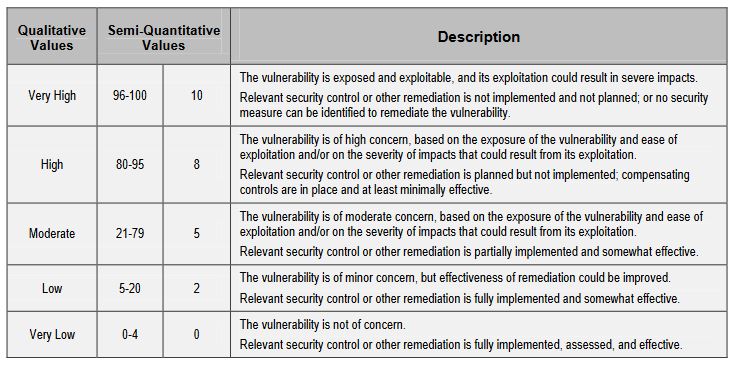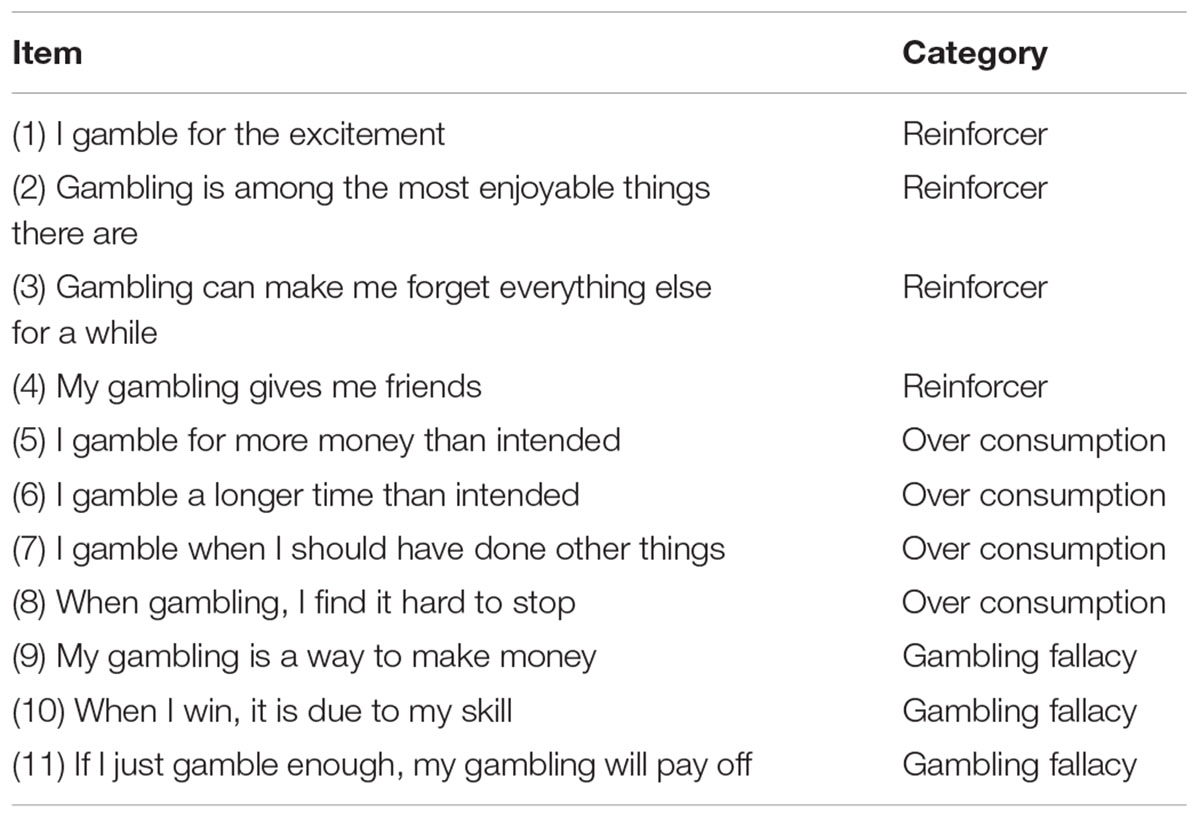Problem Gambling Severity Index

www.gambler-addiction-index.com
Video; Self-Assessment Tool. Problem Gambling Severity Index (PGSI) Online Gambling Workbook; Signs & Symptoms; Treatment and Strategy; Internet and Gaming. Video; Self-Assessment Tool; Signs & Symptoms; Treatment and Recovery; Women. Education; Treatment and Recovery; Overcoming Roadblocks; Others. Signs & Symptoms. Assessing gambling problems that form a quantitative index called the Problem Gambling Severity Index (PGSI). Four gambler subtypes have been identified based on the total PGSI score: non-problem, low-risk, moderate-risk, and problem gamblers. In the 10 years since the CPGI was first introduced, criticism of the scale has surfaced. #Problem Gambling Severity Index (PGSI) 16. Below are a number of statements that describe the consequences of gambling. Please indicate how often you have experienced the following consequences in the past 12 months. A person scoring in this range may be gambling dependent and is experiencing a substantial level of gambling related problems. Moderate-risk gambler 3-7 A person scoring in this range will already be experiencing some problem related to their gambling. Low-risk gambler 1-2.
The Gambler Addiction Index (GAI) is designed for gambler assessment, screening, or testing. The GAI has been standardized on people in treatment for gambling, probationers on gambler caseloads, and outpatient gambler groups. The GAI is an automated (computer scored), self-report assessment instrument, or test that consists of 166 items and takes 30 to 35 minutes to complete. The GAI is written at a high 5th to low 6th grade reading level. From test data (answers) input, GAI�s are computer scored with reports printed on-site, within 2 � minutes.
Problem gambling is clinically defined as an impulse control disorder (Diagnostic and Statistical Manual, 4th edition). The GAI contains a reformatted DSM-IV Gambling Scale. Problem gamblers have strong impulses to gamble, despite harmful life consequences. In addition, the GAI contains a Gambling Severity Scale that measures gambling intensity. These two GAI scales codetermine a meaningful gambler profile. No other gambler test incorporates these two gambling measures, or scales.

Another unique GAI feature is its Truthfulness Scale. Gamblers are notorious liars. When asked about their gambling, most problematic gamblers attempt to rationalize their gambling, deny extensive gambling involvement, or attempt to minimize it. In other words, when assessing gamblers, the evaluator needs to know if the client was honest and truthful. No other gambler test contains a Truthfulness Scale.
Seven GAI Measures
The Gambler Addiction Index (GAI) contains seven scales or measures: 1. Truthfulness Scale, 2. Gambling Severity Scale, 3. DSM-IV Gambling Scale, 4. Alcohol Scale, 5. Drug Scale, 6. Suicide Scale, and 7. Stress Coping Abilities (Stress Management) Scale. These GAI Scales (measures) embody areas of inquiry considered, by many, as necessary for gambler understanding.